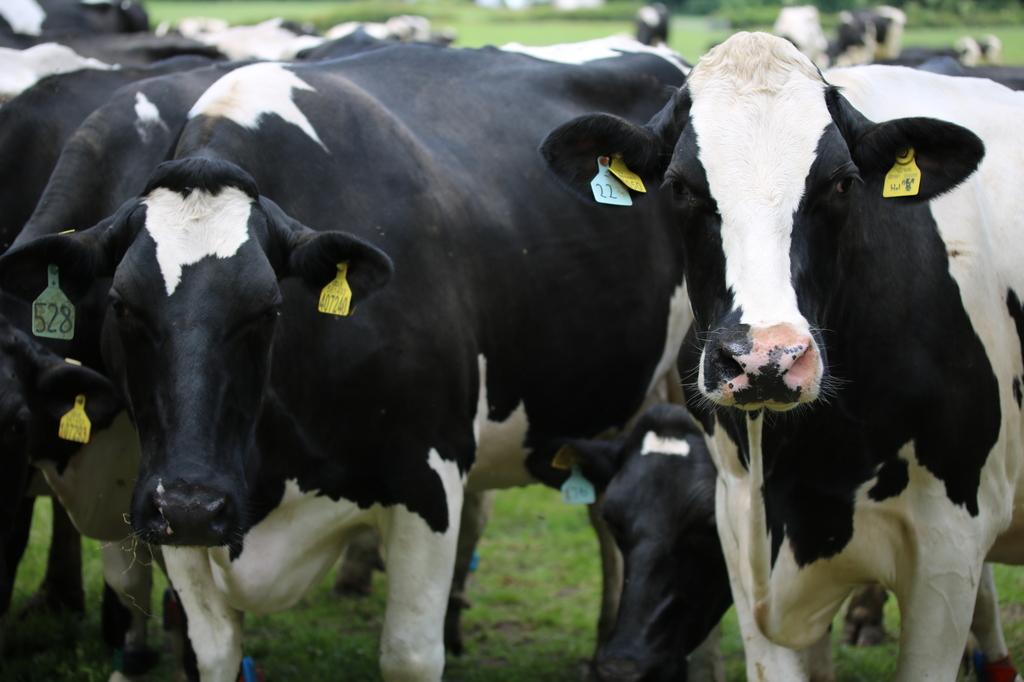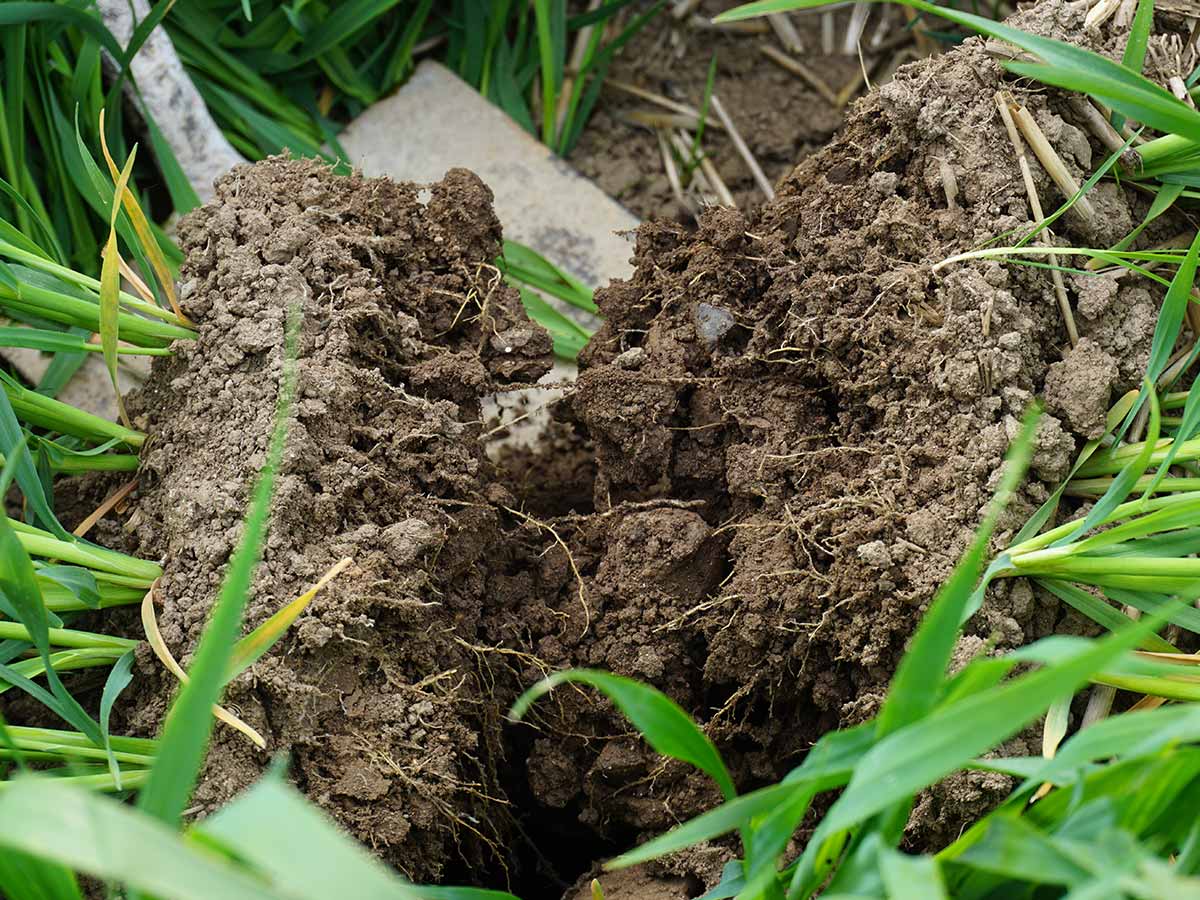Agrecalc: Modelling methodology for carbon footprinting
The Agrecalc team is committed to maintaining a consistent, defensible model of farm emissions based on the latest published reporting standards and scientific research. Our modelling methodology for carbon footprinting is based on greenhouse gas reporting guidelines published by the IPCC for national inventories. We also incorporate more specific national figures from the UK National Greenhouse Gas Inventory.
Our methods are fully compliant with PAS 2050:2011, a standard for the robust quantification of product carbon footprints, and additionally we include Tier I carbon removals.
Agrecalc also broadly aligns with the main industry related carbon frameworks: ISO 14064 and 14067, GHG Protocol and FLAG SBTi, as well as IPCC guidelines for greenhouse gas reporting for emissions to the farm-gate.
We cover areas of emissions and sequestration laid out as part of the SBTi FLAG pathway, with the exception of land use change emissions from wetlands, which will be incorporated in 2025.
Agrecalc combines higher IPCC Tier methods to develop own modelling methodology for carbon footprinting
The IPCC methods for greenhouse gas reporting are split into three tiers of increasing complexity and specificity. Tier I reporting standards use default figures published by the IPCC which provide a general estimate of greenhouse gas emissions, but likely miss important sources of variance.
Tier II reporting standards are slightly more specific than Tier I, as they use national research to generate country-specific emission factors. Finally, Tier III reporting uses process-based models to predict emissions with the greatest accuracy and system-specificity. The IPCC published its original guidelines in 2006 and updated these guidelines in 2019. Our model reflects the latest published guidelines, and we aim to quickly assimilate new guidance to keep our model at the forefront of peer-reviewed published science.
To balance model performance and data requirements, our model makes use of higher Tier methods for large emissions sources. Default methods are used where higher Tier methods would increase data requirements beyond what is generally available on a farm, for smaller emission sources, and for emission sources where more research is needed to improve the resolution of emission factors.









